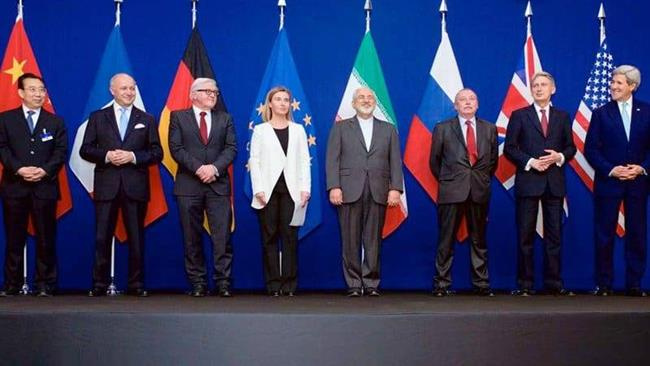Is There an Alternative to the Iran Deal?

In the past two years, I have stressed that the JCPOA, the nuclear deal between Iran and the P5+1 group, is a fragile agreement. The fragility of the accord in rooted in its opponents’ power in Iran and the US. The main advantage of the deal lies in the fact that there is no alternative for it. The most prominent opponents of the agreement, who call it a bad deal, admit that if the JCPOA could be slightly improved, this will happen through revising its details not in finding an alternative. It took Trump months to become convinced that there is no alternative. It is either exit or stay. You cannot put it aside and make another one. The settlement of Iran’s nuclear crisis from 2003 to 2015 has led to the present agreement and no solution is ahead without ignoring the process of settlement. The comprehensive nuclear agreement did not come as the outcome of months of negotiations but a decade of talks where sides of the crisis, particularly Iran and the US, arrived at the conclusion that they should compromise their position. For instance, Iran and the three major European powers negotiated and exchanged views in 2003 and 2004 over trust building and Iran’s objective assurances. Thus, the mechanism of trust building in the nuclear deal had a precedent and did not come to existence all of a sudden. It is quite difficult to find or design a trust building mechanism in a sensitive issue like controlling nuclear arms. Much in the same way, the verification system in the deal cannot be easily altered or replaced. The present system is based on experiences achieve in a decade of cooperation between Iran and the International Atomic Energy Agency within the framework of a comprehensive agreement on safeguards and the Additional Protocol.
In the absence of the very different alternative for the JCPOA, the Trump administration has three main choices:
1) A complete withdrawal from the deal
2) Revising the existing deal and annexing to it certain issues
3) Tougher implementation of the deal through unilateral US sanctions against Iran
Trump’s positions against the deal have fluctuated among the three options in the past month. He is personally inclined toward the first but the White House neocons back either the second or the third. However, Iran has rigorously defied the second scenario because any revision and annexation of new issues such as Iran’s missiles program would require negotiations with the P5+1, which Iran and European countries has so far refused to accept. Therefore, the likeliest scenario is the tough implementation of the deal. It would mean that the US remains in the deal as a whole but refuses to give Iran most of the concessions already made. For instance, one of the potential solutions for the Trump administration could be to sabotage the sale of Iran’s heavy water in international markets through sanctions passed in the Congress, doubted to be an explicit violation of the deal. In simple wording, the aim of the scenario is to put Iran under pressure in order to provoke its exit or become convinced to accept annexations.
Iran for its own part could make the US walk away from the deal or give up its revision. The realization of any of these scenarios depend on developments in the coming months. If Iran could stand unilateral US sanctions, continue its compliance, and alleviate the impact of the sanctions through cooperation with Europe, Russia, and China, the decision would be Washington’s to make. However, if the sanctions threaten the foundation of the deal, Iran will probably have to consider other measures. The Islamic Republic has stated it will not be the first state to exit the deal. How far will this policy secure Iran’s critical interests?

